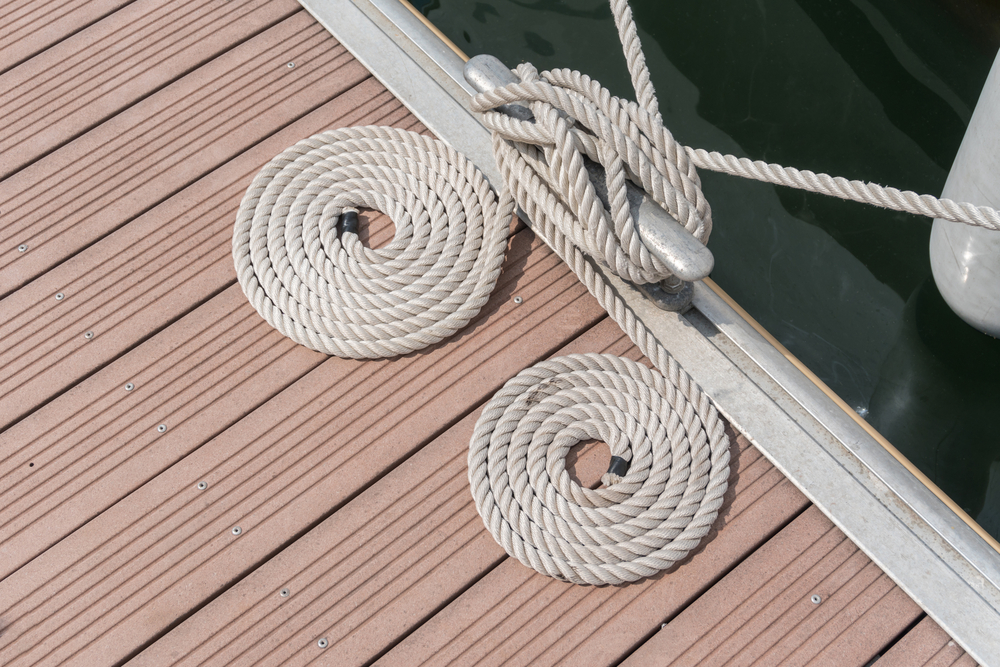Introduction: The Essential Role of Handrails in Infrastructure Safety
In Australia, ensuring the safety and accessibility of public spaces is paramount. Handrails play a critical role in providing stability and support for individuals navigating various infrastructure projects, from public walkways and bridges to boardwalks and ramps. When it comes to selecting materials for handrails, Fibre Reinforced Polymer (FRP) has emerged as the best choice for Australian infrastructure projects.
This blog explores why FRP handrails are the ideal solution for enhancing safety, ensuring compliance with Australian standards, and providing long-lasting durability in demanding environments.
The Unmatched Advantages of FRP Handrails
1. Exceptional Durability and Corrosion Resistance
FRP handrails are engineered to withstand the harsh Australian climate, making them a durable option for outdoor infrastructure. Unlike traditional materials such as steel or wood, FRP is inherently resistant to corrosion, rot, and rust, ensuring longevity and reduced maintenance costs.
- Corrosion Resistance: FRP handrails do not corrode or deteriorate when exposed to moisture, saltwater, or chemicals, making them ideal for coastal areas and industrial environments.
- Long Lifespan: With a lifespan that far exceeds conventional materials, FRP handrails contribute to sustainable infrastructure by reducing the need for frequent replacements.
2. Lightweight Yet Strong
One of the standout features of FRP handrails is their lightweight nature without compromising strength. This characteristic provides significant benefits for installation and long-term use:
- Ease of Installation: FRP’s lightweight properties allow for easier handling and installation, reducing labor costs and construction time.
- High Strength-to-Weight Ratio: Despite being lightweight, FRP handrails offer excellent strength. This ensures they can withstand heavy loads and impact, thereby enhancing safety in public spaces.
3. Safety Features and Compliance with Australian Standards
Safety is a top priority in any infrastructure project, and FRP handrails are designed with this in mind. They can be manufactured to meet the strict safety requirements outlined in Australian standards, ensuring compliance and reliability:
- Non-Slip Surfaces: FRP handrails can be equipped with non-slip grips and surfaces, providing enhanced safety for users, especially in wet or slippery conditions.
- Regulatory Compliance: FRP handrails can be tailored to comply with AS 1428 and AS 2156 , ensuring they meet the necessary safety and accessibility standards for public infrastructure.
4. Aesthetically Pleasing Designs
In addition to their functional benefits, FRP handrails can be designed to enhance the aesthetic appeal of infrastructure projects:
- Versatile Design Options: FRP handrails can be customized in various colours, finishes, and styles, allowing for integration into any architectural design while maintaining safety.
- Modern Look: FRP handrails’ sleek appearance complements contemporary infrastructure, making them a popular choice for public spaces, parks, and recreational facilities.
5. Environmentally Friendly Choice
With growing concerns about environmental sustainability, FRP materials present an eco-friendly option for handrails in Australian infrastructure projects :
- Sustainable Manufacturing: Many FRP products are made using recycled materials, contributing to reduced waste and a smaller carbon footprint.
- Minimal Maintenance Needs: The long-lasting durability of FRP handrails means less frequent replacements and repairs, leading to less environmental impact over time.
Applications of FRP Handrails in Australian Infrastructure
1. Public Walkways and Ramps
FRP handrails are ideal for public walkways and ramps, ensuring safety and accessibility for all users, including individuals with disabilities. Their lightweight and durable properties make them perfect for locations requiring compliance with AS 1428.
2. Bridges and Boardwalks
In coastal regions and national parks, FRP handrails provide essential safety features on bridges and boardwalks. They combine aesthetic appeal with unmatched durability, and their resistance to moisture and UV damage ensures long-lasting performance in outdoor environments.
3. Industrial and Marine Applications
FRP handrails are increasingly being used in industrial settings, such as wastewater treatment plants and marine facilities, where exposure to harsh chemicals and saltwater is common. Their corrosion-resistant properties make them the optimal choice for ensuring safety in challenging environments.
Conclusion: Why Choose FRP Handrails for Your Next Infrastructure Project
When it comes to enhancing safety and accessibility in Australian infrastructure projects, FRP handrails stand out as the best choice. Their combination of durability, lightweight construction, safety features, and compliance with Australian standards makes them an ideal solution for public spaces.
DM Composites offers a comprehensive range of high-quality FRP handrails tailored to meet the unique needs of your infrastructure project. By choosing FRP, you can ensure long-lasting safety, sustainability, and aesthetic appeal in all your public infrastructure developments.
Contact us today to learn more about how our FRP handrails can enhance your next project and help you meet compliance with AS 1428 and AS 2156 standards.
Read More:


